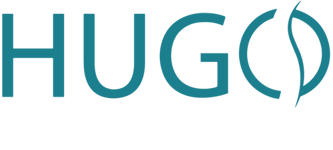Chiropractic Care
Chiropractic care is a healthcare discipline primarily focused on diagnosing and treating musculoskeletal disorders, most commonly those related to the spine, but also related to the extremities. Chiropractors use manual manipulation techniques, known as adjustments, to restore proper alignment, alleviate pain, improve mobility, and promote overall health. Dr. Christman uses a wide variety of chiropractic techniques to “get the job done.” Not every patient responds the same or is able to withstand the same amount of pressure, so adjustments may be performed manually by hand, or with specialized devices like the Activator for a more gentle approach.
- Auto Accidents
- Work Injuries
- Prenatal (Pregnancy)
- Sports Injuries
- Infants to Elders and anyone in between!

